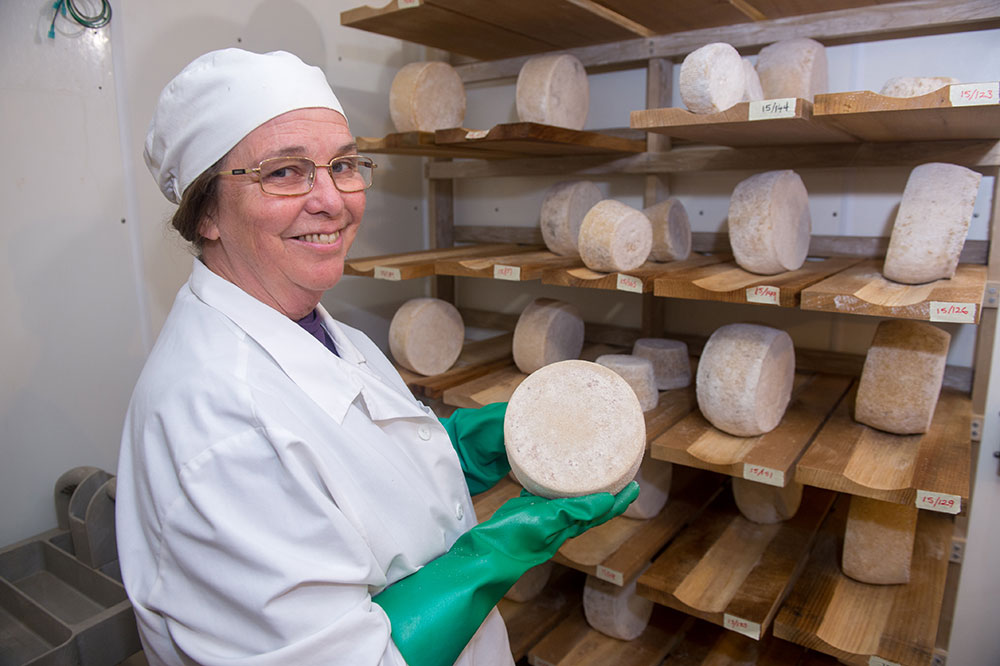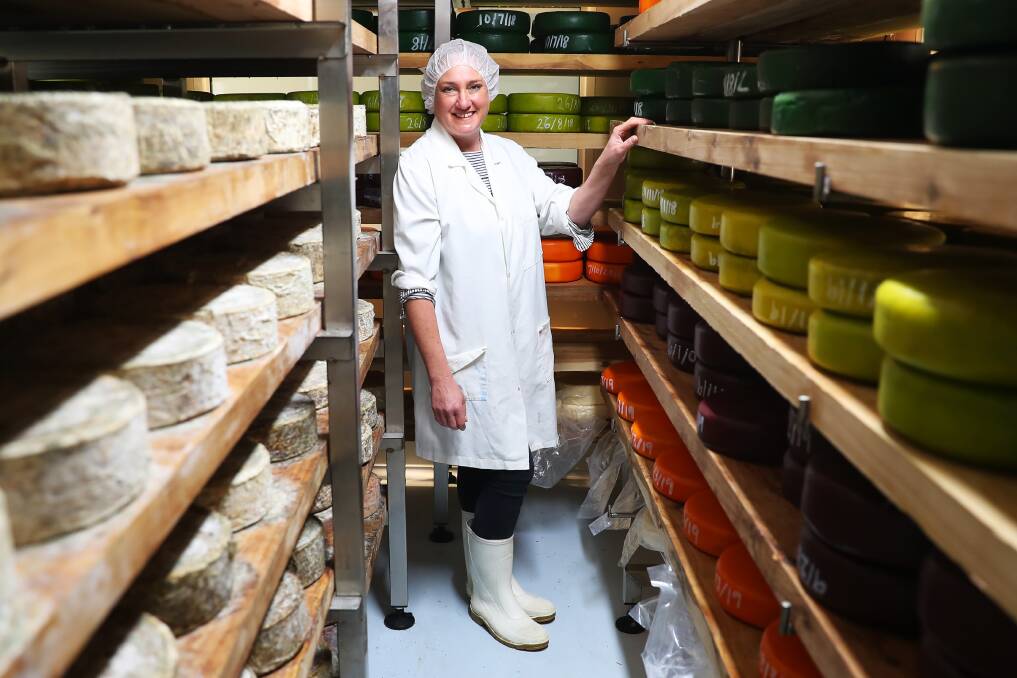Just How Floridia Cheese Melbourne Establishes the Criterion for Regional Cheese Makers
Just How Floridia Cheese Melbourne Establishes the Criterion for Regional Cheese Makers
Blog Article
Unlocking the Keys of Artisanal Cheese Making: A Step-by-Step DIY Overview
In the realm of culinary craftsmanship, artisanal cheese making stands as a testament to the delicate equilibrium in between tradition and innovation. Each step in the process, from selecting the appropriate milk to refining aging strategies, holds within it a riches of knowledge passed down with generations. As we embark on this trip to demystify the art of producing elegant cheeses, we are faced with a tapestry of keys and abilities waiting to be deciphered. Join us as we explore the complexities of this old craft, where persistence, scientific research, and art merge to generate tastes that tantalize the senses.
Picking the Right Milk
When beginning on the trip of artisanal cheese making, the choice of milk plays a vital role in figuring out the quality and attributes of the last item. The type of milk chosen impacts the taste, texture, and on the whole profile of the cheese.
When selecting milk for cheese production, it is necessary to take into consideration the fat content. Greater fat content in milk can cause a creamier and richer cheese, while lower fat content might lead to a drier and stronger appearance. Additionally, the source of the milk, whether from cows, goats, lamb, or buffalo, adds unique flavors and features to celebrity (Floridia Cheese Thomastown). Each kind of milk brings its own subtleties, enabling a vast variety of cheese selections to be crafted based on the picked milk. Inevitably, the option of milk is a basic decision that establishes the foundation for an effective artisanal cheese-making undertaking.
Culturing and Coagulating
To launch the cheese-making procedure, the important actions of culturing and coagulating should be very carefully performed to change milk right into curds and whey. The kind of culture utilized can significantly influence the flavor, texture, and ripening of the final cheese item.

The timing and temperature control throughout culturing and coagulation are crucial variables that affect the final outcome of the cheese. Proper implementation of these actions is vital to make sure the desired appearance, flavor, and consistency of the artisanal cheese being created.
Draining Pipes and Pushing Curds
After the milk proteins have coagulated and the curds have been cut to release whey, the next critical step in artisanal cheese making involves draining and pressing the curds to accomplish the wanted texture and uniformity of the last cheese product. Draining is the procedure of separating the curds from the whey. This can be done by moving the curds into a cheesecloth-lined colander or mold and enabling the whey to drain off naturally. The moment for draining pipes can vary depending upon the kind of cheese being made and the preferred moisture web content.
As soon as the curds have sufficiently drained, the following step is pressing. Pushing helps eliminate any continuing to be whey and compacts the curds to develop a solid cheese wheel. Pushing can be done utilizing specialized cheese presses that apply constant and mild stress over a duration of time. The duration and pressure applied during pressing will certainly influence the last texture of the cheese, from soft and luscious to hard and firm. Appropriate draining and pushing are important actions that dramatically affect the quality and characteristics of the artisanal cheese being generated.
Aging and Flavoring Strategies
Carrying out precise aging and flavor strategies is essential in enhancing the depth and complexity of artisanal cheeses, elevating their taste profiles to exquisite levels of improvement and refinement. Aging plays an important function in creating the distinct tastes and structures that distinguish artisanal cheeses. During the aging process, cheeses are saved in carefully managed environments Discover More Here where aspects such as temperature level, humidity, and air movement are manipulated to encourage the development of helpful mold and mildews and germs. This controlled environment allows celebrity to mature slowly, developing abundant tastes and intricate fragrances.
Flavoring strategies additionally add considerably to the last preference of artisanal cheeses. Cheesemakers might choose to present added flavors by including components such as natural herbs, spices, and even fruits right into celebrity during the production process. Additionally, some cheeses are washed or scrubed with various liquids, such as salt water or alcohol, to boost their structures and flavors.
Wrapping and Saving Cheeses

Verdict
To conclude, grasping the art of artisanal cheese making entails carefully selecting the best milk, following exact culturing and coagulating processes, draining pipes and pressing curds successfully, and using different aging and flavoring strategies. By complying with these actions vigilantly and with attention to detail, you can create your very own tasty and one-of-a-kind cheeses at home. Remember to wrap and keep your cheeses properly to ensure optimal taste and appearance growth. Happy cheese making!
Each type of milk brings its very own nuances, allowing for a broad range of cheese selections to be crafted based on the selected milk.After the milk healthy proteins have actually coagulated and the curds have been cut her comment is here to launch whey, the next essential action in artisanal cheese making includes draining pipes special info and pushing the curds to achieve the wanted appearance and uniformity of the final cheese product. Most cheeses need to be covered in wax paper or cheese paper to enable them to breathe while protecting them from drying out. For cheeses that require to proceed aging, such as bloomy skins or cleaned rinds, guarantee they are stored in a great setting like a cheese cave or a fridge set to the suitable temperature. By paying focus to the covering and storage space of artisanal cheeses, cheese makers and fanatics can protect the integrity of these delicacies and fully enjoy their complex tastes.
Report this page